Many experts question whether the test really assesses students' actual abilities or just tests their ability to solve problems.
The Korean National Aptitude Test (CSAT) has long been famous for its difficulty and fierce competition. The English section of the test has always been the center of controversy due to its complexity and ability to create high psychological pressure.
Many students compared this part of the test to having to read an ancient text because of the many dense paragraphs and difficult vocabulary. Many native speakers, when reviewing the test, also expressed confusion and thought that the way the questions were asked was unnatural.
“Many of the questions are so complex that even fluent English speakers find them challenging,” said Anjee DiSanto, an American lecturer at Wonkwang University in South Korea. “The language used in the test is often too academic and does not reflect real-life communication.”
According to test preparation institutes, the difficulty level of the English section has continued to increase this year in order to maintain the differentiation of scores among candidates. This raises a big question about the educational purpose of the test. Is it a test of English proficiency for high school students, or has it become a measure of ability to solve problems at a higher academic level than is necessary?
On the other hand, Professor Kim Soo Yeon, who teaches at Hankuk University of Foreign Studies, commented: “The test has a clear goal of assessing the ability to access knowledge at the university level. Therefore, academic passages and in-depth analysis requirements are an inseparable part. The question that needs to be asked is not whether the test is difficult or easy, but whether the education system is preparing students sufficiently to meet those requirements.”
In reality, the gap between the content taught in public schools and the difficulty of the exams is growing. Students in standard classrooms are often exposed to simple and general content, while Suneung requires the ability to handle long, multi-layered and research-intensive texts. This gap forces parents and students to turn to the tutoring market to compensate.
In addition, when the test uses tricky questions or requires analysis beyond the general curriculum, teachers are forced to change their teaching methods to suit the test trends. Students also have to learn differently, prioritizing problem-solving techniques over language proficiency.
This part of the exam is considered to go against the goal of “reducing the difficulty” of the CSAT. Specifically, since 2023, the Korean Government has eliminated “tricky” questions in the CSAT exam to limit competition and psychological pressure on students. However, after 2 years of organizing the exam, these questions still exist.
“The test uses many complicated sentence structures and rare vocabulary, giving the impression that the questions are designed to confuse rather than assess ability,” said an American elementary school teacher living in Sejong City.
Source: https://giaoducthoidai.vn/phan-tieng-anh-trong-csat-bai-thi-kho-hay-thu-thach-qua-muc-post757605.html








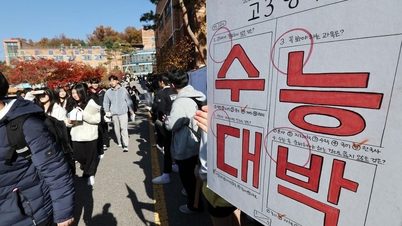



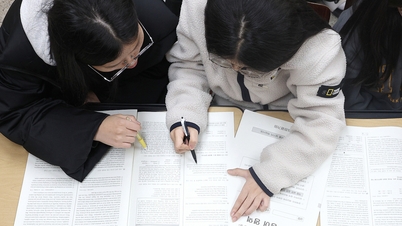

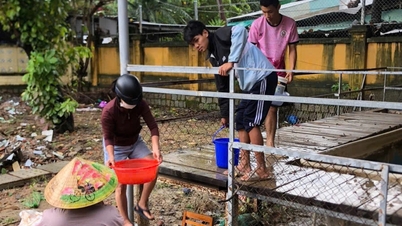





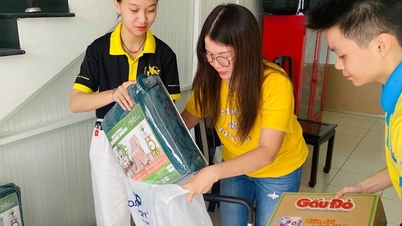


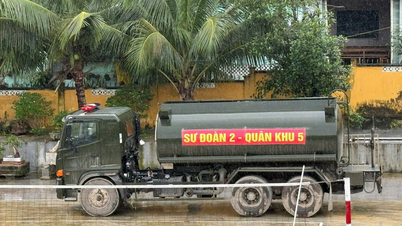





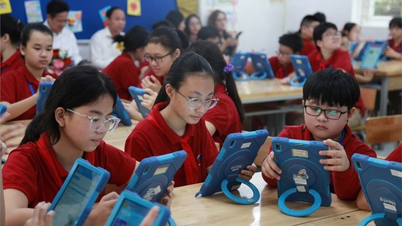

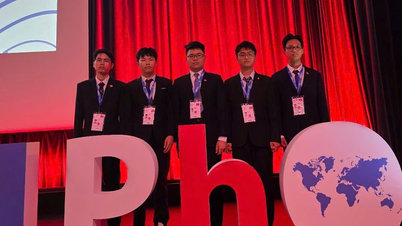
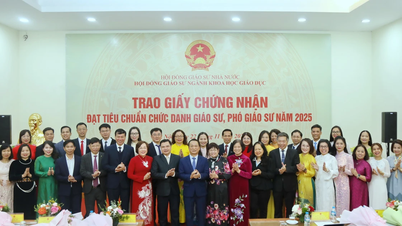
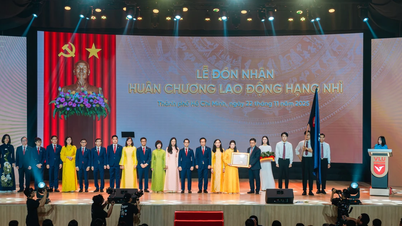


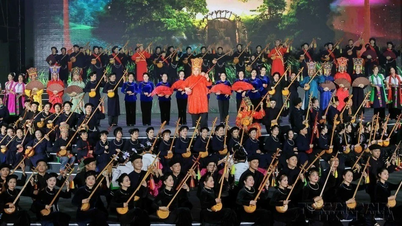





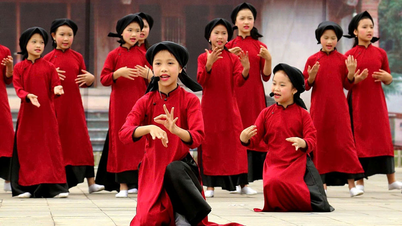


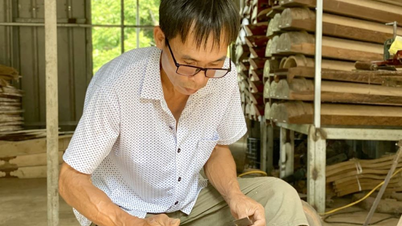

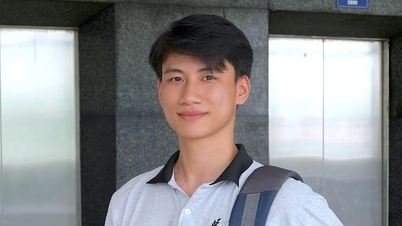




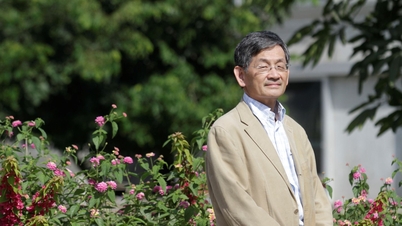



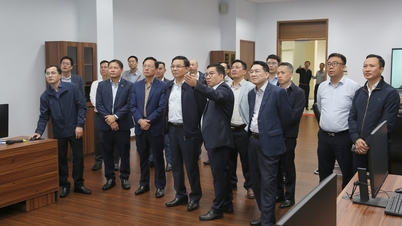











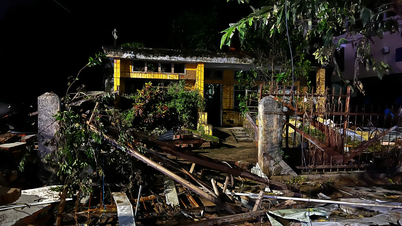


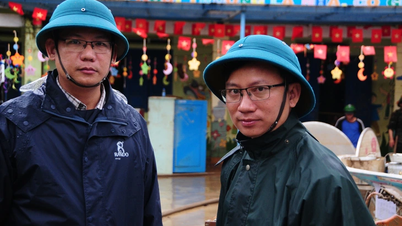
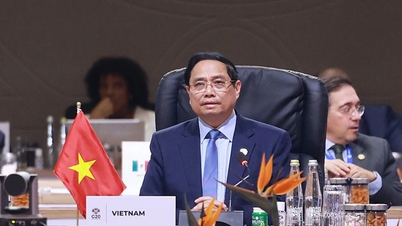

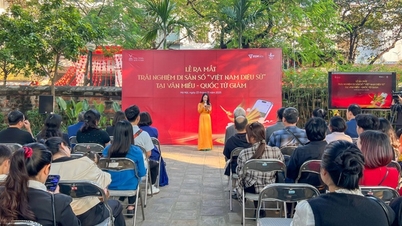



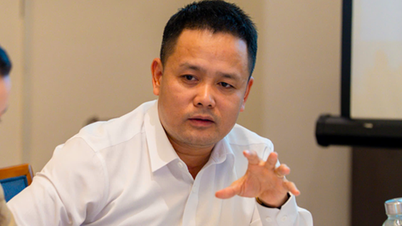



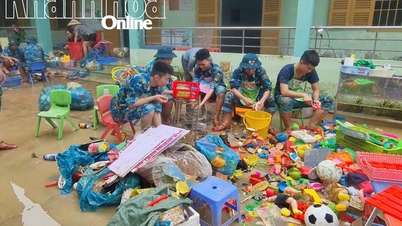



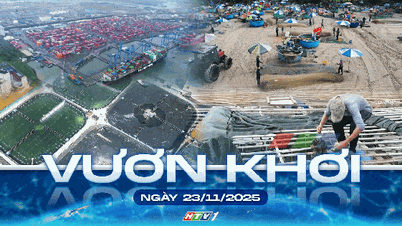
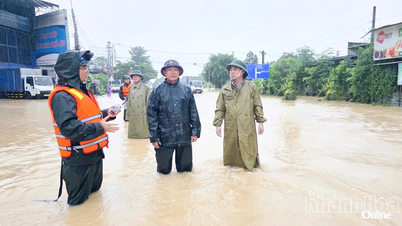















Comment (0)